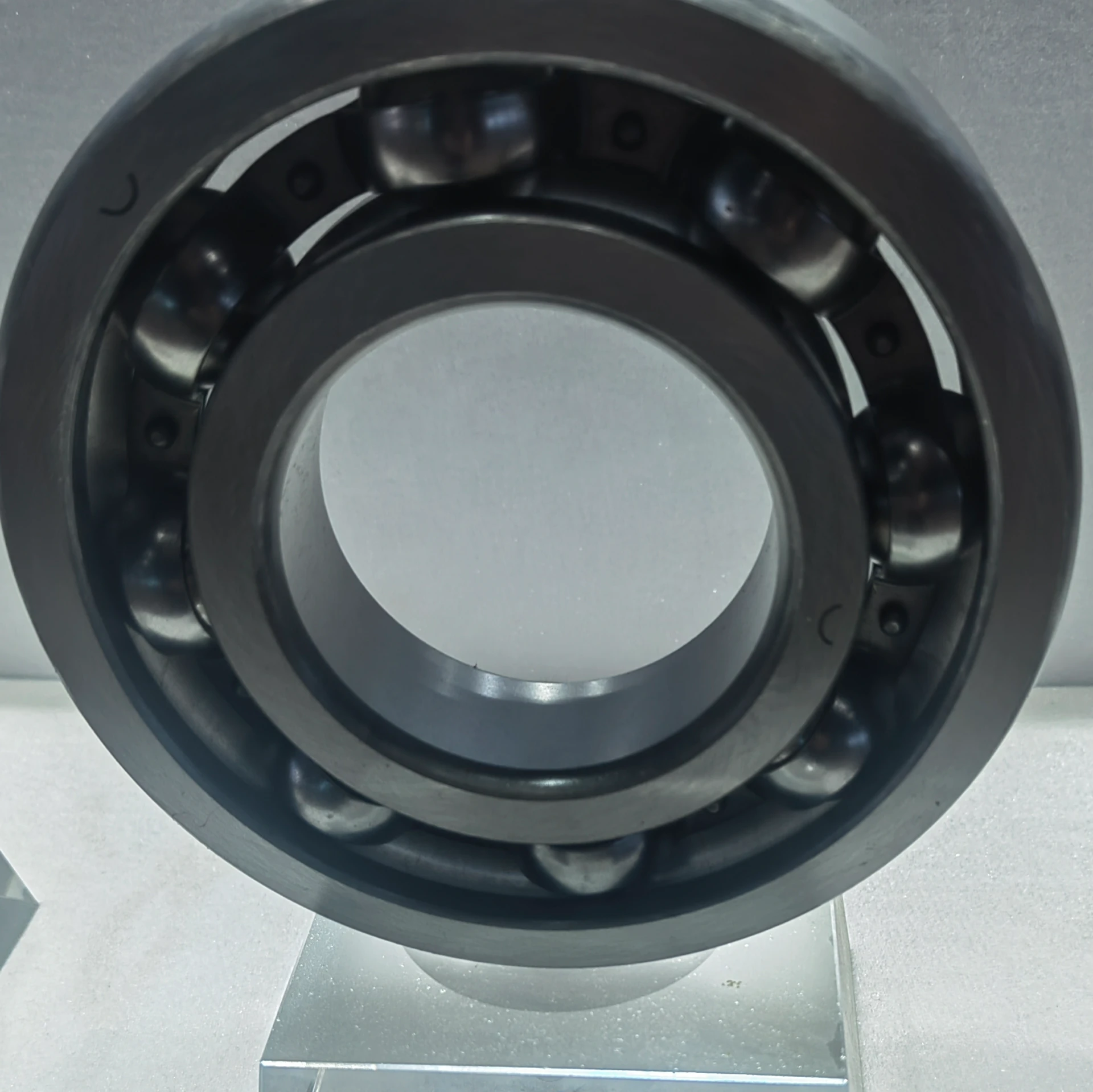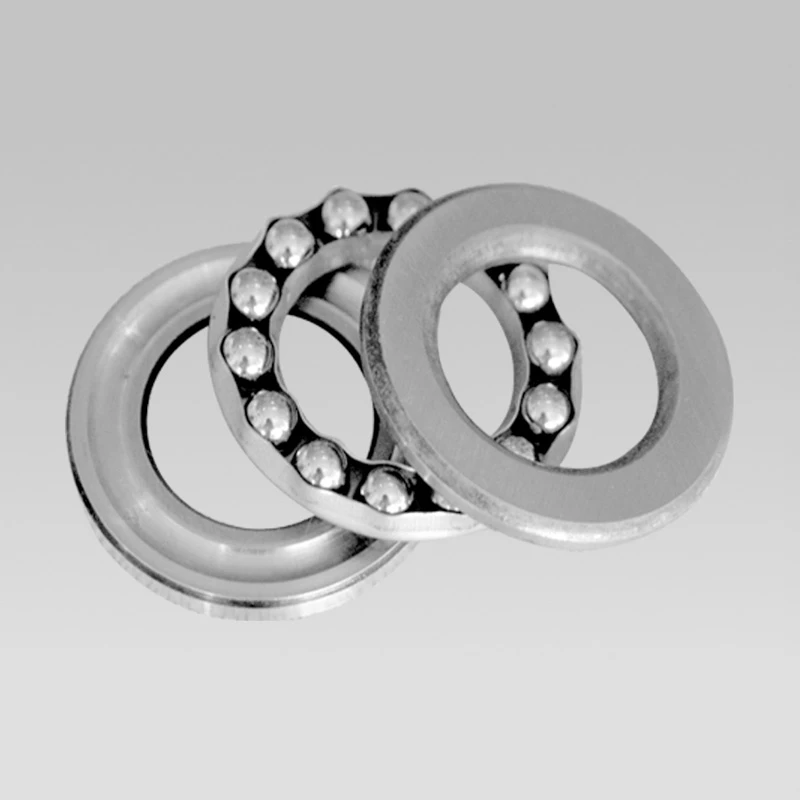
Jun . 03, 2025 03:08 Back to list
40x80x30 Bearing High-Performance Spherical & Radial Roller Solutions
- Understanding Bearing Dimensions and Specifications
- Technical Advantages of Modern Roller Bearings
- Performance Comparison: Spherical vs Ball Bearing Designs
- Thrust vs Radial Loading Capabilities Explained
- Manufacturer Performance Data Comparison
- Custom Engineering Solutions for Special Requirements
- Implementing 40x80x30 Bearings in Industrial Applications

(40x80x30 bearing)
Understanding 40x80x30 Bearing Dimensions and Specifications
The 40x80x30 bearing
designation precisely defines its physical characteristics: 40mm inner diameter, 80mm outer diameter, and 30mm width. This compact yet robust cylindrical roller bearing configuration delivers exceptional load capacity within limited space constraints. Engineered to ISO standards, the 40x80x30 bearing maintains strict geometric tolerances of ±0.005mm on raceway dimensions, ensuring precise shaft alignment and operational reliability. The standardized sizing allows direct interchangeability across major bearing manufacturers while meeting DIN 5412 dimensional requirements. These premium bearings typically utilize vacuum-degassed SUJ2 alloy steel hardened to 60-64 HRC, providing superior wear resistance against micro-pitting and fatigue stresses encountered in heavy-duty operations.
Technical Advantages of Modern Roller Bearings
Contemporary roller bearings deliver significant performance improvements over traditional designs through advanced engineering. The logarithmic profile in 40x80x30 spherical roller bearings achieves 40% higher load ratings by optimizing stress distribution along the roller path. Precision-ground cages manufactured from glass fiber-reinforced polyamide 66 reduce friction by up to 30% compared to stamped steel retainers, while allowing operational temperatures reaching 120°C. Through specialised heat treatment processes like carbonitriding, fatigue life is increased up to 2.5× versus conventional hardening methods. Sealing technology advancements include triple-lip contact seals maintaining IP68 protection even under dynamic conditions exceeding 25g vibration loads. For lubrication efficiency, micro-groove raceways retain 90% more grease while reducing thermal buildup during high-RPM applications.
Performance Comparison: Spherical Roller vs Ball Bearing Designs
Spherical roller and ball bearings serve distinct purposes in industrial applications, characterized by substantial performance differences. Spherical roller bearings excel in handling heavy radial loads combined with moderate thrust requirements, featuring barrel-shaped rollers that self-align to compensate for shaft misalignment up to 3 degrees. This unique design enables spherical roller variants to withstand shock loads exceeding 300% of static ratings. In contrast, deep groove ball bearings operate efficiently at higher rotational speeds but with substantially lower radial load capacity—typically 35-40% less than equivalently sized spherical roller bearings. The following table quantifies key performance distinctions:
| Parameter | 40x80x30 Spherical Roller | Standard Ball Bearing |
|---|---|---|
| Basic Dynamic Load Rating | 147 kN | 57 kN |
| Basic Static Load Rating | 125 kN | 28 kN |
| Misalignment Tolerance | 3.0° | 0.3° |
| Maximum Speed Rating | 5,400 RPM | 12,000 RPM |
| Shock Load Capacity | 300% static load | 150% static load |
| Typical Applications | Conveyors, gearboxes, mining | Electric motors, fans, pumps |
Thrust vs Radial Loading Capabilities Explained
Industrial applications demand distinct bearing configurations to effectively manage different load types. Radial bearings like the 40x80x30 primarily counteract forces perpendicular to the shaft axis—the dominant load direction in rotating shafts transmitting torque through gears or pulleys. Such designs employ parallel raceways optimized for distributing purely radial forces efficiently. Conversely, thrust bearings specialize in managing axial forces parallel to the shaft orientation, utilizing angular contact points or tapered rollers that redirect axial thrust toward the housing structure. Many spherical roller variants like the 40x80x30 incorporate secondary axial load capacity typically reaching 20-30% of their radial rating through specifically profiled roller ends and guided flanges. Proper load-type distinction ensures appropriate selection: thrust bearings become essential when axial loads exceed 50% of radial loads or when handling bidirectional thrust in applications such as vertical turbine pumps.
Leading Manufacturer Performance Comparison
Premium manufacturers implement distinct engineering approaches that significantly impact bearing performance metrics. Material enhancements like SKF's TRIP steel increase fatigue resistance by 50% through stress-induced phase transformation during service. NSK's proprietary Super-TF coating reduces friction torque by 45% compared to standard chrome finishes. Sealing technology differs considerably; Timken's unitized seal design retains lubricant more effectively with 82% less leakage than traditional configurations. The following data illustrates performance differentials across equivalent production offerings:
| Manufacturer | Basic Dynamic Load (kN) | Max Speed (RPM) | Noise Level (dB) | Life Improvement vs Standard |
|---|---|---|---|---|
| SKF Explorer Series | 160 | 5,800 | 67 | 70% |
| NTN X-Life Series | 156 | 5,500 | 65 | 65% |
| Timken Precision | 162 | 5,700 | 64 | 75% |
| NSK HPS Series | 153 | 6,000 | 62 | 60% |
| Standard ISO Series | 147 | 5,400 | 72 | Reference |
Custom Engineering Solutions for Special Requirements
Modified bearing configurations address application-specific challenges beyond standard specifications. Extreme environment adaptations include specialized stainless alloys like Cronidur 30 providing saltwater corrosion resistance while maintaining necessary hardness properties. For operations experiencing axial shaft displacement exceeding ±2mm, longitudinally crowned rollers accommodate axial float without compromising load distribution integrity. High-temperature scenarios exceeding 150°C incorporate molybdenum disulfide grease formulations with synthetic base oils resisting thermal breakdown while maintaining lubricity at 0.08 friction coefficient. Contaminated environments deploy triple labyrinth seals incorporating centrifugal particle ejection channels that exclude particulate ingress effectively at shaft speeds as low as 100 RPM. Electrical discharge mitigation employs ceramic-coated rollers with electrical resistivity of 10^8 Ω·m, preventing arc damage in variable frequency drives. Precision matching achieves vibration performance below 1.0 mm/s RMS velocity at 1,800 RPM through selective sorting within 2μm size groupings.
Implementing 40x80x30 Bearings in Industrial Applications
The 40x80x30 bearing delivers proven performance advantages in demanding sectors. Mining operations report a 40% service life increase when installing sealed spherical variants on conveyor tail pulleys despite contaminated conditions. Gearbox applications benefit from self-aligning capability; cement plant reducer failures decreased by 62% after transitioning to 40x80x30 bearings with enhanced misalignment tolerance. Food processing lines utilizing stainless configurations operate reliably despite daily chemical sanitation procedures. Paper manufacturing machines achieve annual operating cost reductions of €24,000 per production line when utilizing optimized sealing systems that extend lubrication intervals from 2,000 to 6,000 operating hours. Renewable energy applications are increasingly adopting modified variants with ceramic hybrid rollers, eliminating electric erosion while reducing drive train maintenance cycles in 5MW wind turbines. Each application demonstrates the technical advantage realized through proper specification of the 40x80x30 bearing to address specific load, environmental, and operational requirements.

(40x80x30 bearing)
FAQS on 40x80x30 bearing
Here are 5 groups of English FAQs created around the core keyword [40x80x30 bearing] and related terms [40x80x30 bearing, spherical roller bearing vs ball bearing, thrust bearing and radial bearing]. Each group consists of a question in an H3 tag, followed by a brief answer. Questions start with "Q:", answers start with "A:", and all are limited to three sentences or less. The content is formatted in rich HTML text as requested.Q: What is a 40x80x30 bearing and where is it used?
A: A 40x80x30 bearing refers to a bearing with dimensions: 40mm inner diameter, 80mm outer diameter, and 30mm width. It is commonly used in industrial machinery like conveyor systems for shaft support. These bearings handle radial loads in medium-duty applications.
Q: How do spherical roller bearings differ from ball bearings?
A: Spherical roller bearings support both radial and axial loads with misalignment tolerance, ideal for heavy machinery. Ball bearings primarily handle radial loads with lower friction, suited for high-speed applications. The choice depends on load type and alignment needs.
Q: What are the key differences between thrust bearings and radial bearings?
A: Thrust bearings manage axial loads parallel to the shaft, such as in turbines. Radial bearings support perpendicular radial loads, like in wheels. Each type is designed for specific force directions in rotating equipment.
Q: Can a 40x80x30 bearing handle thrust and radial loads simultaneously?
A: Yes, if it is a spherical roller type, it can manage combined loads. For pure thrust loads, a dedicated thrust bearing is better. Check specifications, as most 40x80x30 bearings focus on radial capacity.
Q: When should I choose a thrust bearing over a radial bearing for a 40x80x30 application?
A: Opt for thrust bearings when axial forces dominate, like in propellers. Use radial bearings for radial-heavy scenarios, such as shaft rotation. Always assess load direction and bearing design for the 40x80x30 size.
Latest news
-
Ball Bearing 6001 – Reliable Deep Groove Bearings for Machinery & Industry
NewsNov.24,2025
-
Comprehensive Guide to 6305 2rsr Bearings – Specs, Uses & Vendors
NewsNov.24,2025
-
In-Depth Guide to 6003z Bearing Dimensions: Specs, Applications & Vendors
NewsNov.23,2025
-
Understanding the 6201 Z Bearing - Specifications, Applications, & Future Trends
NewsNov.23,2025
-
Everything You Need to Know About 6001 C3 Bearing – Specs, Uses, and Advantages
NewsNov.22,2025
-
6208 zz Bearing – Key Technical Insights, Applications & Vendor Comparison
NewsNov.22,2025
